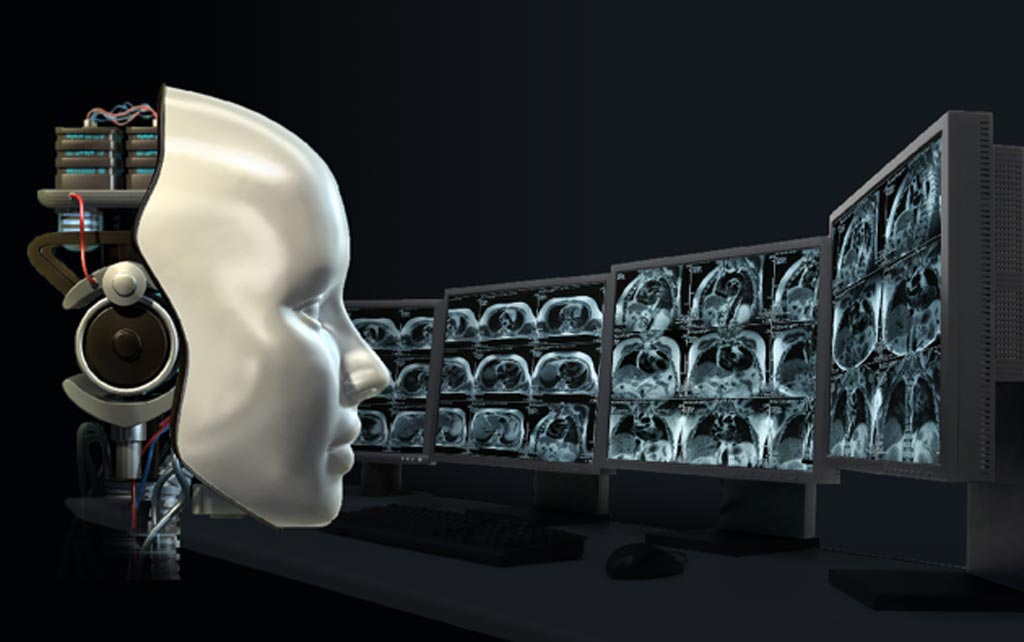Stand-Alone AI Technology Reduces Radiologists’ Screening Mammography Workloads by 90%
Posted on 20 Dec 2021
The use of artificial intelligence (AI) as a stand-alone reader for digital mammography (DM) or digital breast tomosynthesis (DBT) breast screening could ease radiologists’ workload while maintaining quality, according to new research.
Researchers from the Hospital Universitario Reina Sofía (Cordova, Spain) conducted a study to retrospectively evaluate the stand-alone performance of an AI system as an independent reader of DM and DBT screening examinations. Consecutive screening-paired and independently read DM and DBT images were collected and an AI system computed a cancer risk score (range, 1–100) for the DM and DBT examinations independently. AI stand-alone performance was measured using the area under the receiver operating characteristic curve (AUC) and sensitivity and recall rate at different operating points selected to have non-inferior sensitivity compared with the human readings (non-inferiority margin, 5%). The recall rate of AI and the human readings were compared using a McNemar test.

A total of 15 999 DM and DBT examinations (113 breast cancers, including 98 screen-detected and 15 interval cancers) from 15 998 women were evaluated. AI achieved an AUC of 0.93 (95% CI: 0.89, 0.96) for DM and 0.94 (95% CI: 0.91, 0.97) for DBT. For DM, AI achieved non-inferior sensitivity as a single (58.4%; 66 of 113; 95% CI: 49.2, 67.1) or double (67.3%; 76 of 113; 95% CI: 58.2, 75.2) reader, with a reduction in recall rate (P < .001) of up to 2% (95% CI: −2.4, −1.6). For DBT, AI achieved non-inferior sensitivity as a single (77%; 87 of 113; 95% CI: 68.4, 83.8) or double (81.4%; 92 of 113; 95% CI: 73.3, 87.5) reader, but with a higher recall rate (P < .001) of up to 12.3% (95% CI: 11.7, 12.9).
The researchers concluded that AI could replace radiologists’ readings in breast screening, achieving a non-inferior sensitivity, with a lower recall rate for DM but a higher recall rate for DBM.
Related Links:
Hospital Universitario Reina Sofía








 Guided Devices.jpg)





